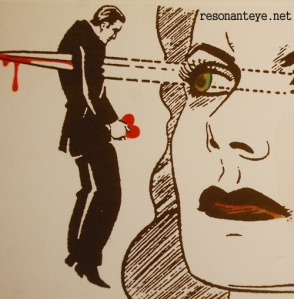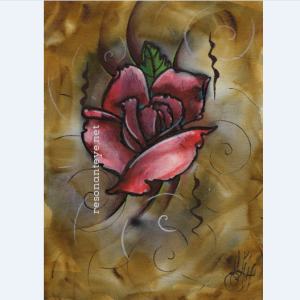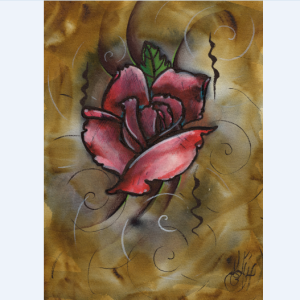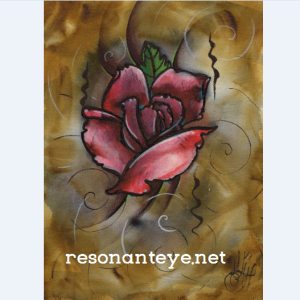watermarking is a pain in the ass.
- In pictures, Tattoo Advice,
 You need to watermark all of your art, all your tattoo pictures. Everything you post online. I need to remember to do this, too. I’m going through and watermarking some pictures, and just realized…well, if I already posted them someplace, then I’d have to go back through and replace them all, and then the links would no longer work or whatever, plus people have already saved them and now have no idea where they came from… I mean, watermarking isn’t HARD to do, it’s just hard to REMEMBER to do, every time I post something. I get too excited and I throw stuff up into the internet before I do it pretty often.
You need to watermark all of your art, all your tattoo pictures. Everything you post online. I need to remember to do this, too. I’m going through and watermarking some pictures, and just realized…well, if I already posted them someplace, then I’d have to go back through and replace them all, and then the links would no longer work or whatever, plus people have already saved them and now have no idea where they came from… I mean, watermarking isn’t HARD to do, it’s just hard to REMEMBER to do, every time I post something. I get too excited and I throw stuff up into the internet before I do it pretty often.
I also have a habit of losing original downsized images (for submissions online to magazines or whatever) and then I have to go back to the original scan and re-size it. I’ve had quite a few images or pieces of art get a ton of exposure, but most of those weren’t watermarked. I wish I could say I’ve learned from that and that I watermark everything now, but I still forget.
I try to put my watermark in a place where it’s difficult to crop out of the image, but doesn’t interfere with it. Some people or sites will still cover up this kind of watermark wit their own (THE ABSOLUTE BASTARDS) but for the most part it works. All I really care about is that if someone sees my art someplace they can then find me if they want to buy it.

hard to crop out without destroying the image subject, not too intrusive, readable. that’s the right one.
I use photoshop for watermarks, because I like them to be a bit transparent. But if I am truly lazy that day I just use paint. Either works. I love it when people share my work, no doubt. It just frustrates me that the work doesn’t always lead back to me. I get sad when I see art posted, someone asking “man that’s awesome who did that?” and the answer is “I dunno, I found it someplace and I don’t remember where” Watermarks are so that people remember where. Once you have a good watermark on a picture, you can relax a little. You can start getting happy and open about where people share the image, even about whether they download it and print a small picture of it. Because it’s got a recognizable name on it, it will lead anyone that sees it right back to you. And that’s the important thing when it comes to posting stuff online- that your art gets seen by lots of people. I mean, otherwise why post it? You want to share your work; you want people who would like your work to get to enjoy it and maybe talk to you about it or even buy some. So watermark everything! Now if only I can remember to follow my own advice.



